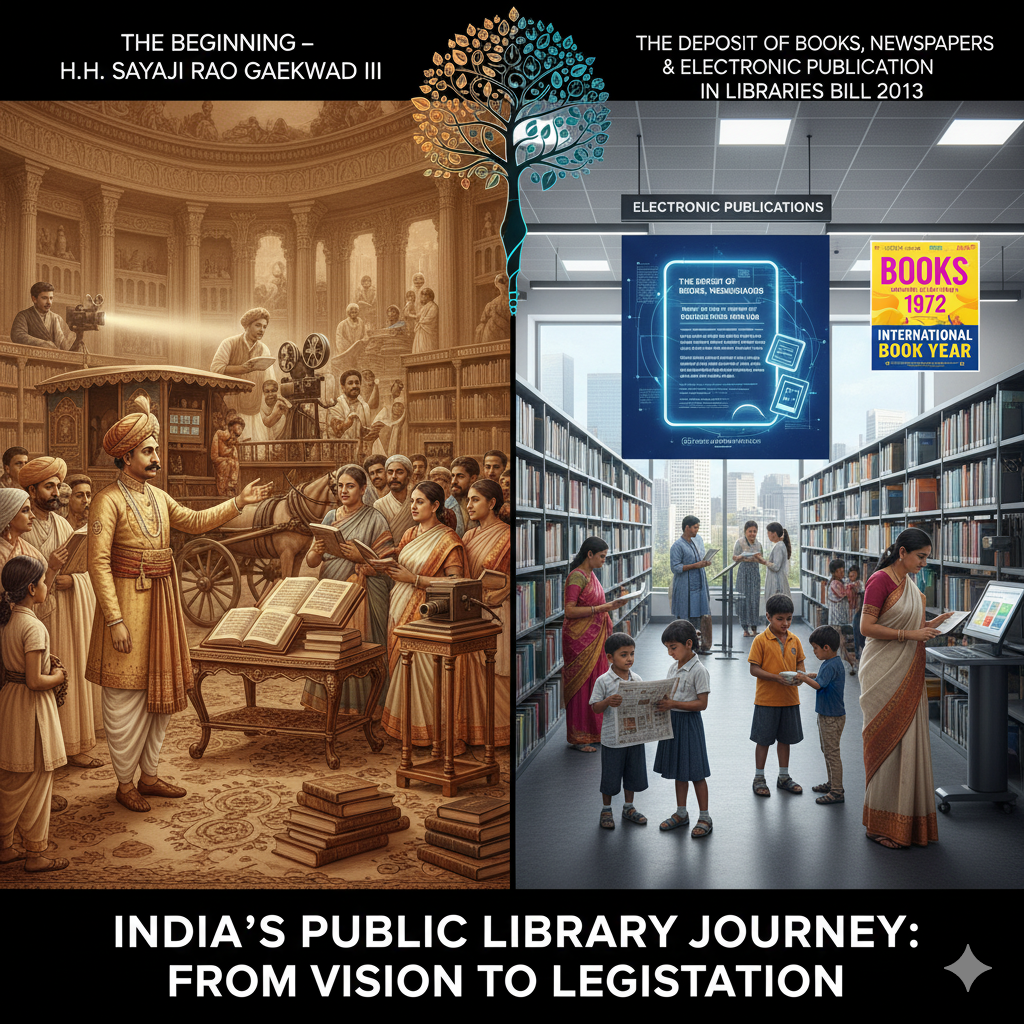
Libraries
Library service comes under the aegis of State Governments and the States vary in their size, population, literacy rate, production of literature in regional languages and library infrastructure.
.

WCAEPC is a
Government of India
Recognized Non-profit
organization, is
committed to
recognize and honor
individuals and
businesses for their
impactful
contributions to
society and their
respective fields.
Office Address Office no. 299, 300, 301,3rd Floor, B4 opp. PM Shree Kendriya Vidyalaya School Rohini sec-08 Pitampura, New Delhi, Delhi 110034
Mon-Sat: 10:00AM - 6:30 PM
E-mail I’d info@wcaepc.org verfication@wcaepc.org
+91 9560293470 +91 95606 31483
Copyright © 2025 World Culture & Environment Protection Commission (WCAEPC)| Powered by WCAEPC